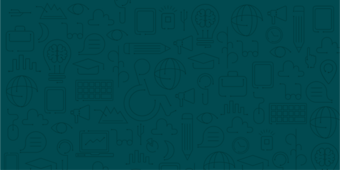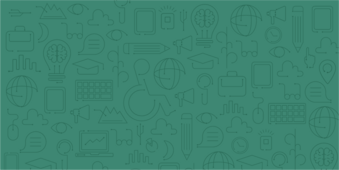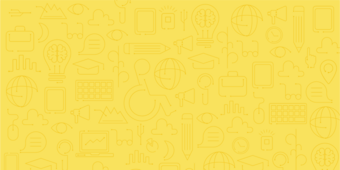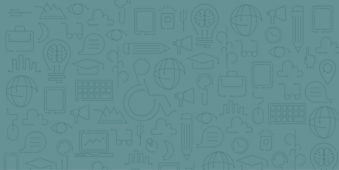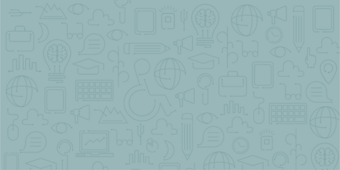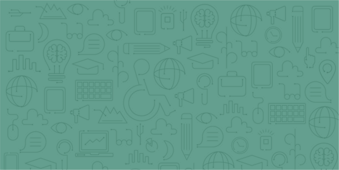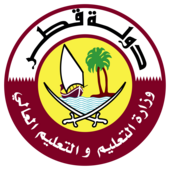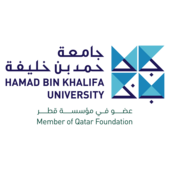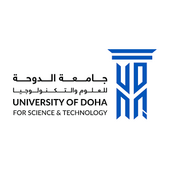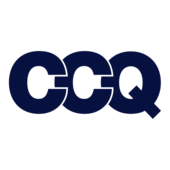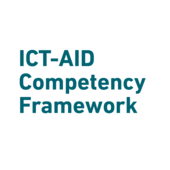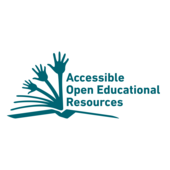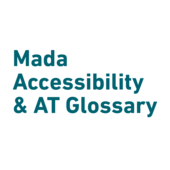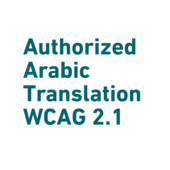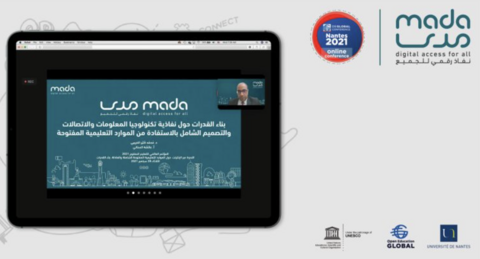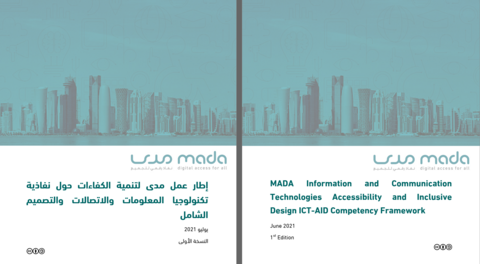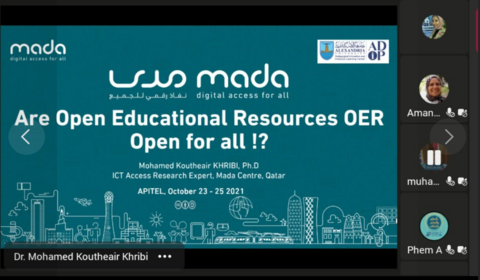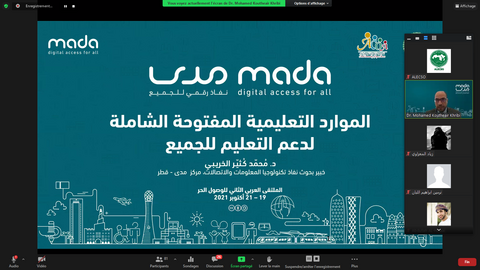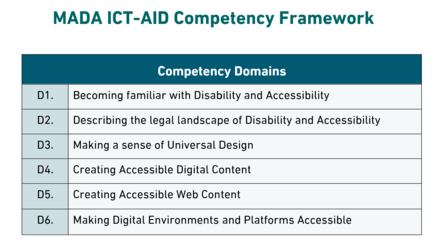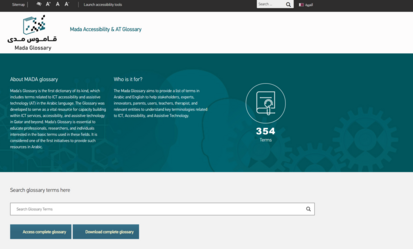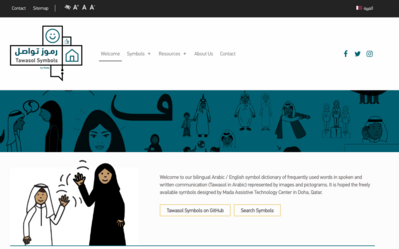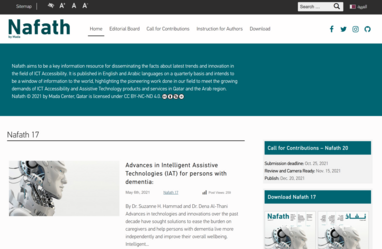D1. Becoming familiar with Disability and Accessibility
D1.1 Distinguishing theoretical Models of Disability
D1.2 Recognizing the major types of Disabilities and their impact on lives of PWDs
D1.3 Demonstrating Understanding of Accessibility
D1.4 Describing and following disability etiquette guidelines for interacting with PWDs.
D2. Describing the legal landscape of Disability and Accessibility
D2.1 Identifying and characterizing main Laws, Declarations and Conventions on Human Disability Rights
D2.2 Recognizing key ICT Accessibility regulations, policies and best practices
D2.3 Identifying ICT Accessibility standards
D2.4 Integrating ICT Accessibility across the organization
D3. Making a sense of Universal Design
D3.1 Describing the Universal Design paradigm
D3.2 Demonstrating understanding of Universal Design for Learning
D4. Creating Accessible Digital Content
D4.1 Identifying major Accessibility considerations to common digital formats
D4.2 Creating Accessible Word-processing documents
D4.3 Creating Accessible Presentation documents
D4.4 Creating Accessible PDF documents
D4.5 Generalizing Accessibility considerations for different multimedia formats
D5. Creating Accessible Web Content
D5.1 Demonstrating understanding of Web Accessibility
D5.2 Designing and creating web content in accordance with the W3C Accessibility specifications
D5.3 Testing and evaluating Web Accessibility
D5.4 Remediating inaccessible Web document
D6. Making Digital Environments and Platforms Accessible
D6.1 Identifying and applying the basic principles of Mobile Applications Accessibility
D6.2 Evaluating Mobile Applications Accessibility
D6.3 Identifying Accessibility considerations for improved game Accessibility
D6.4 Ensuring the Accessibility of emerging digital technologies




